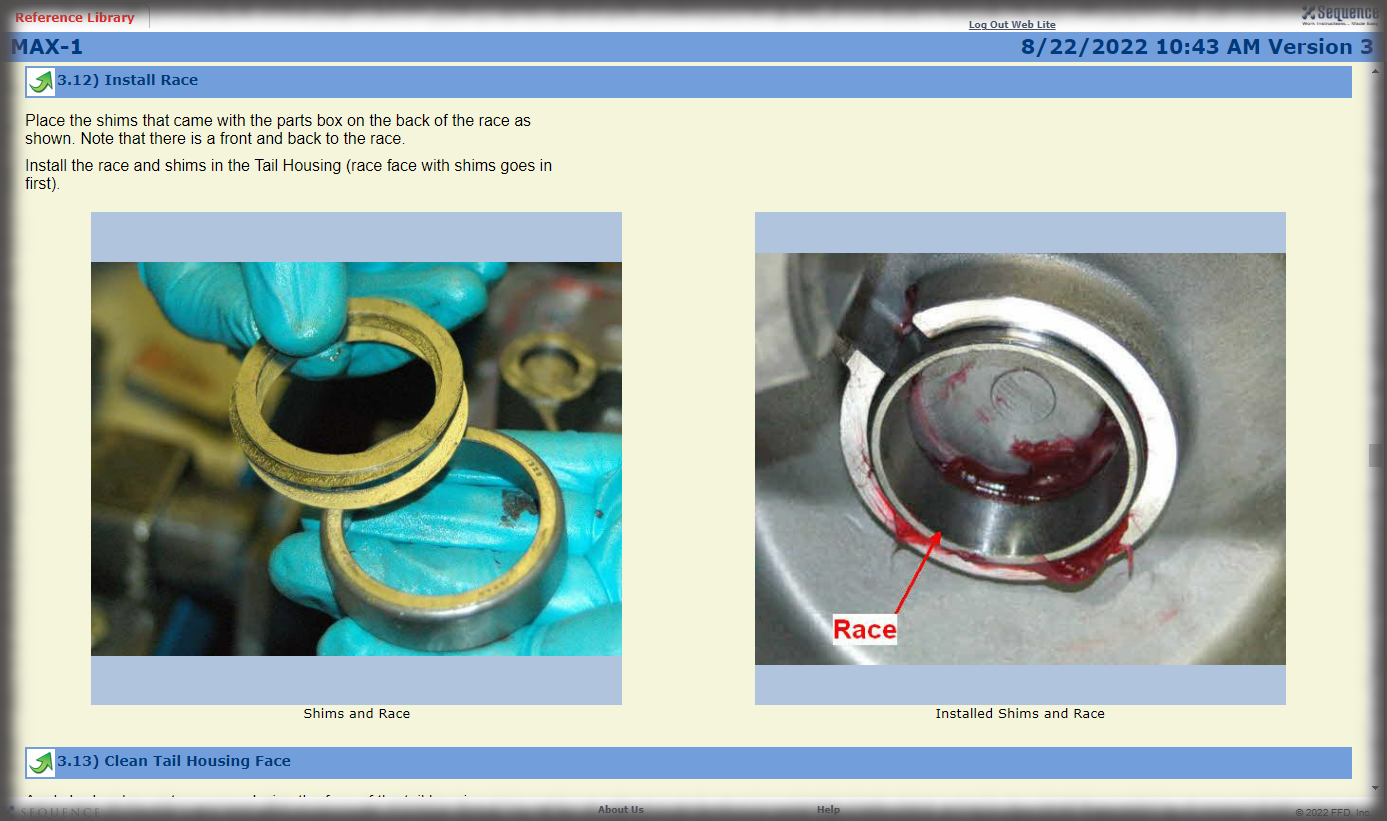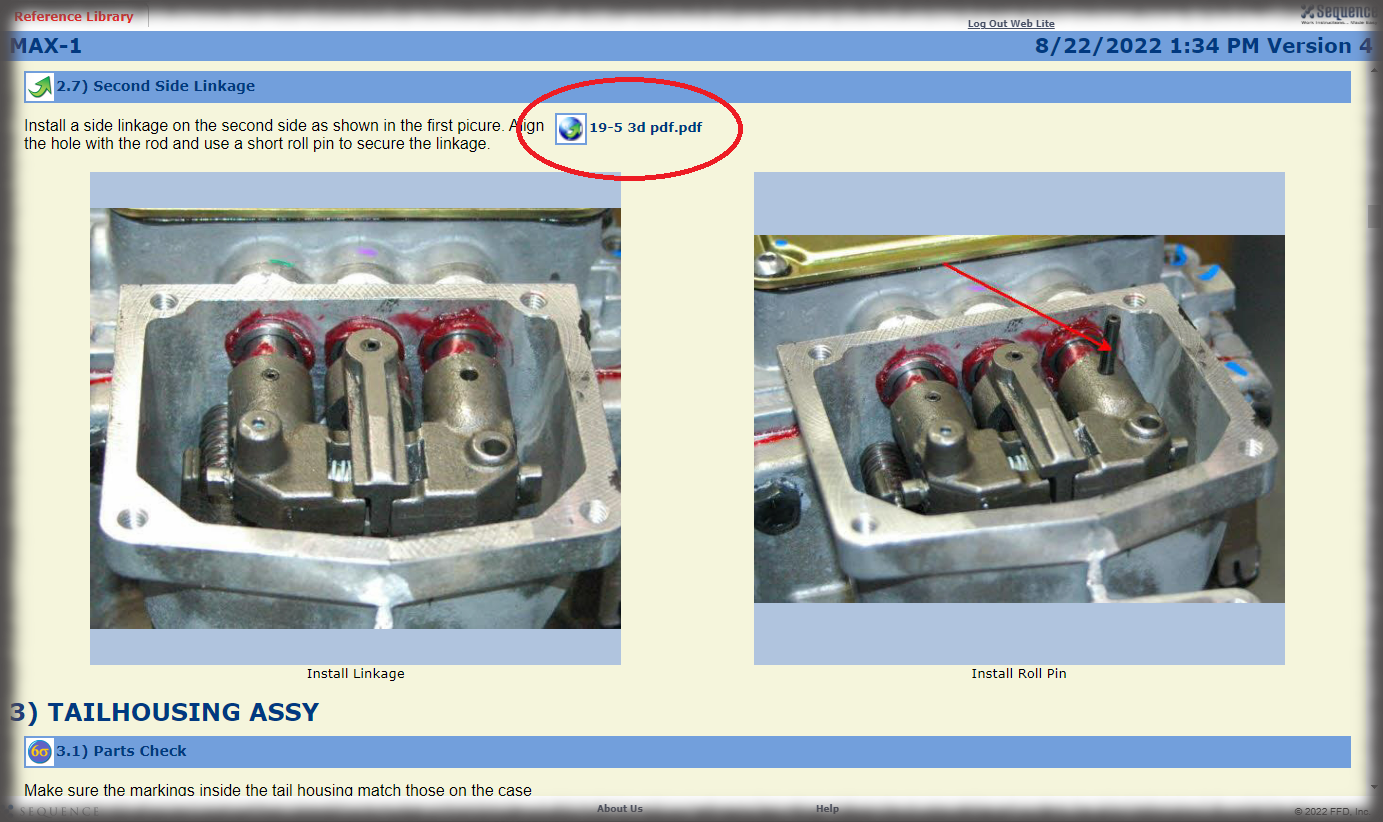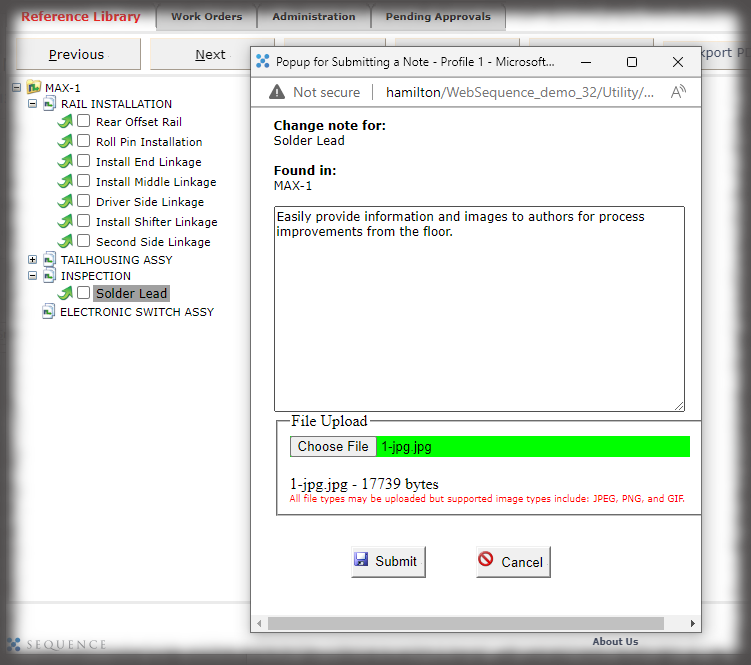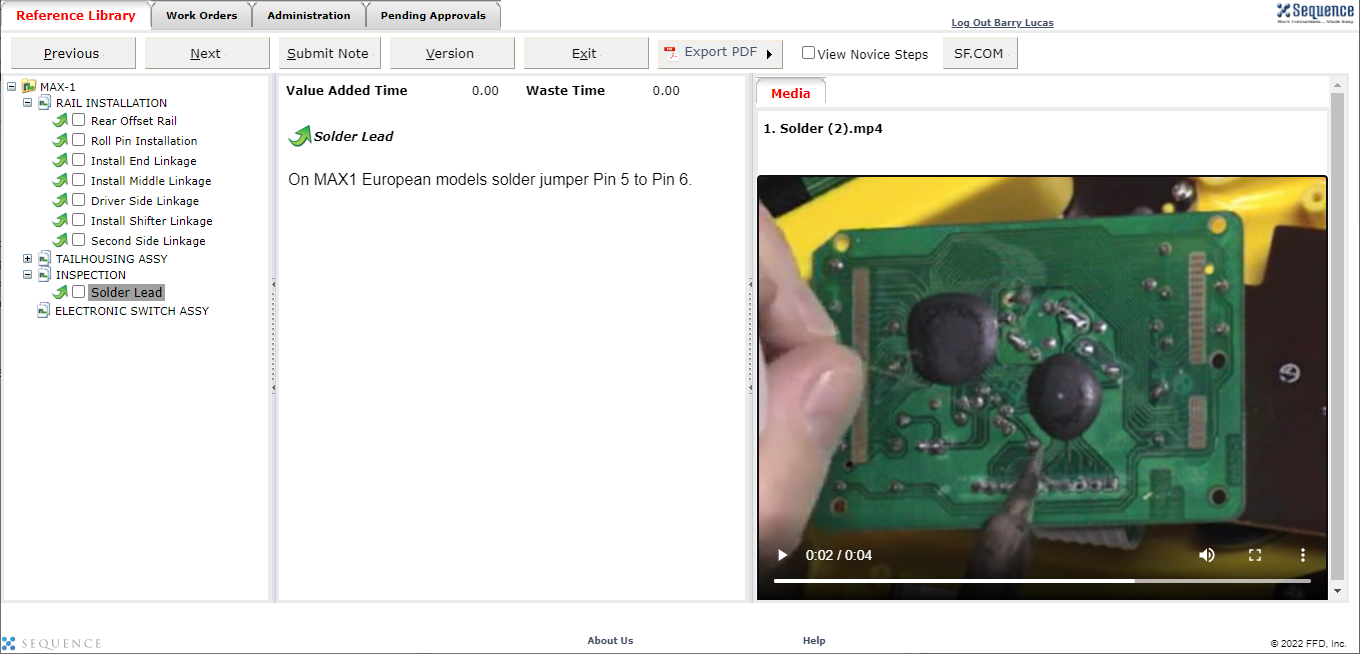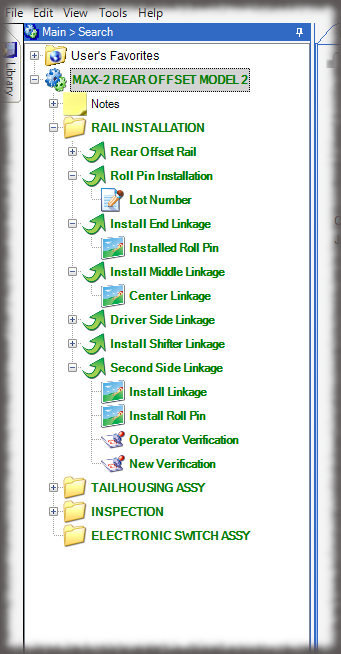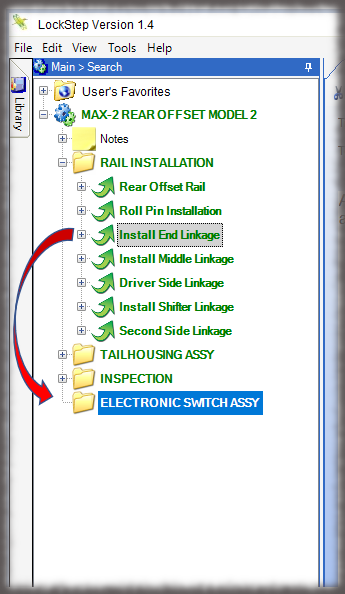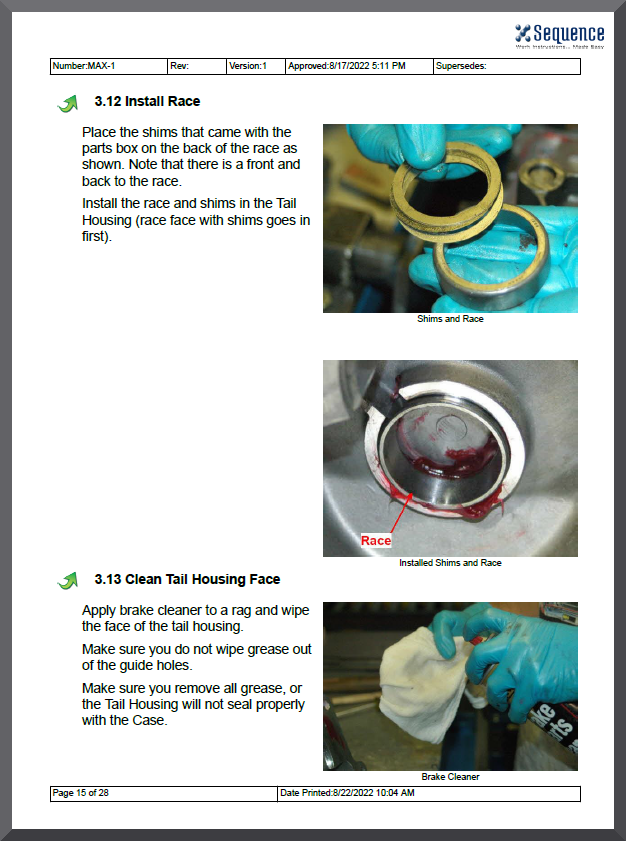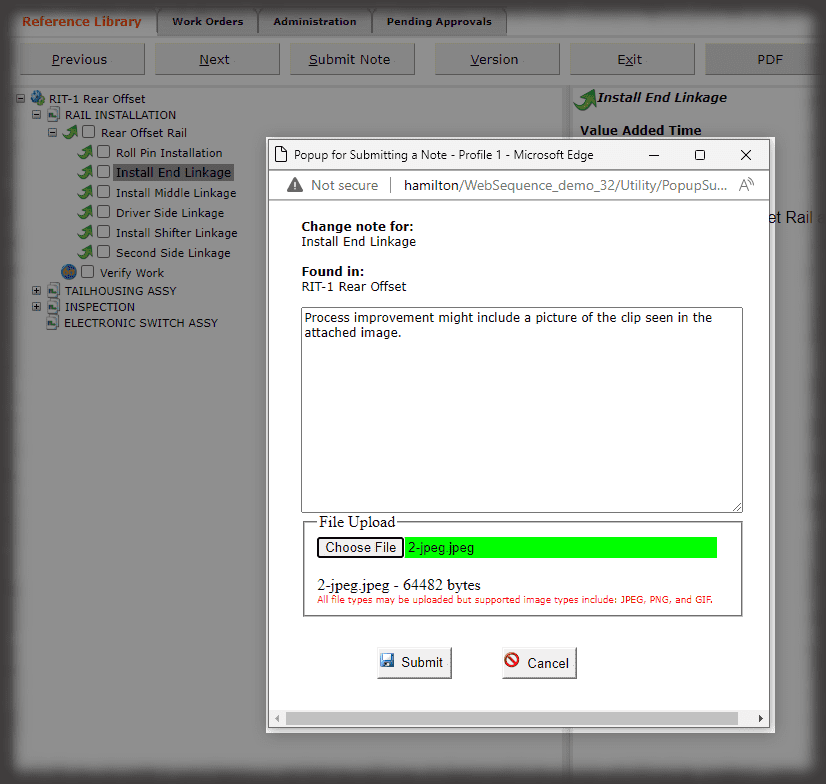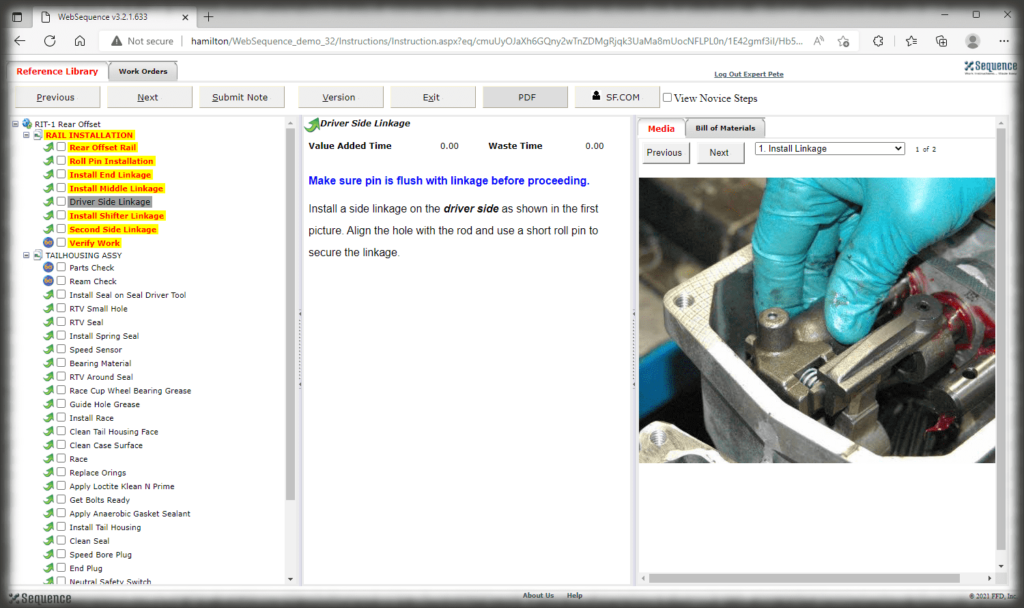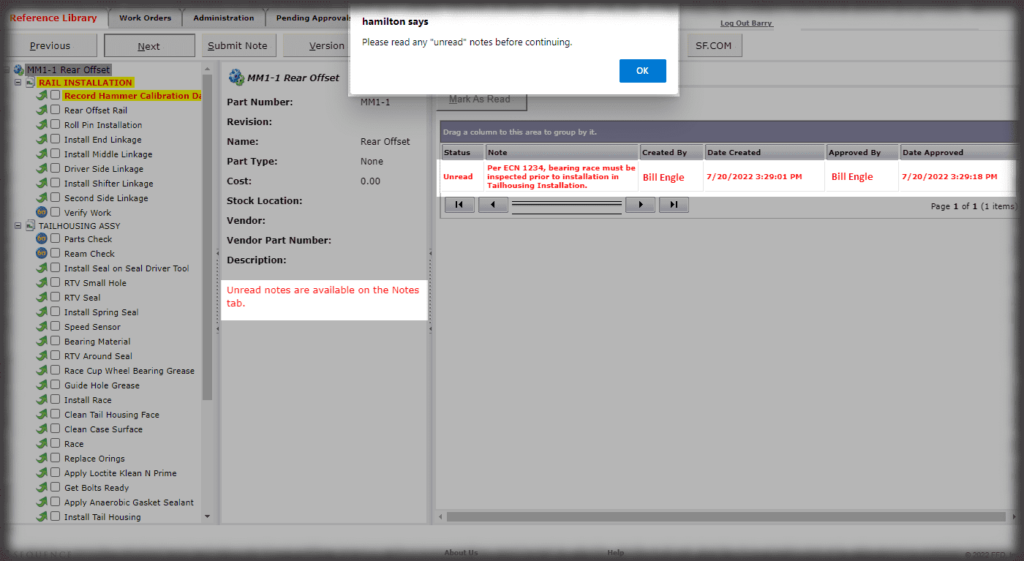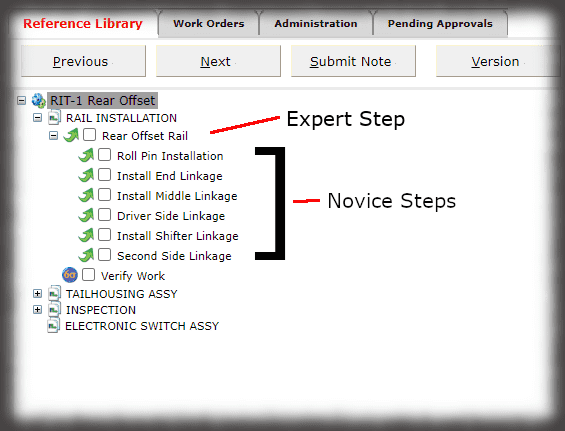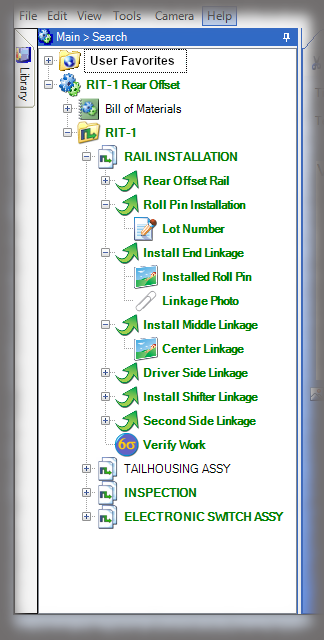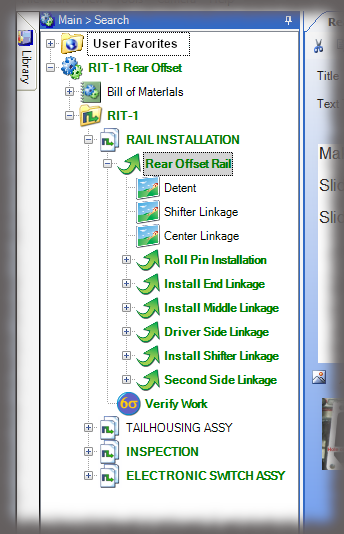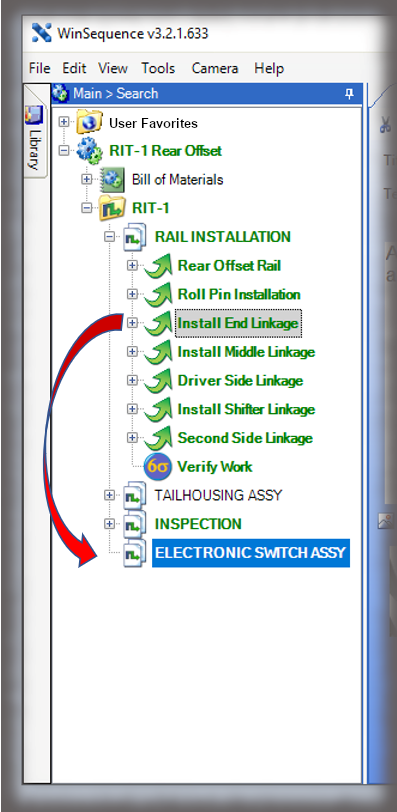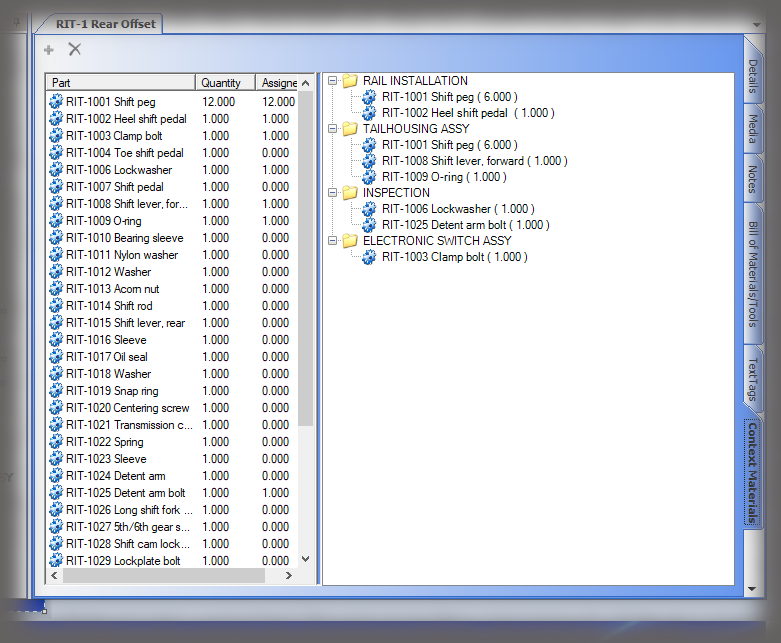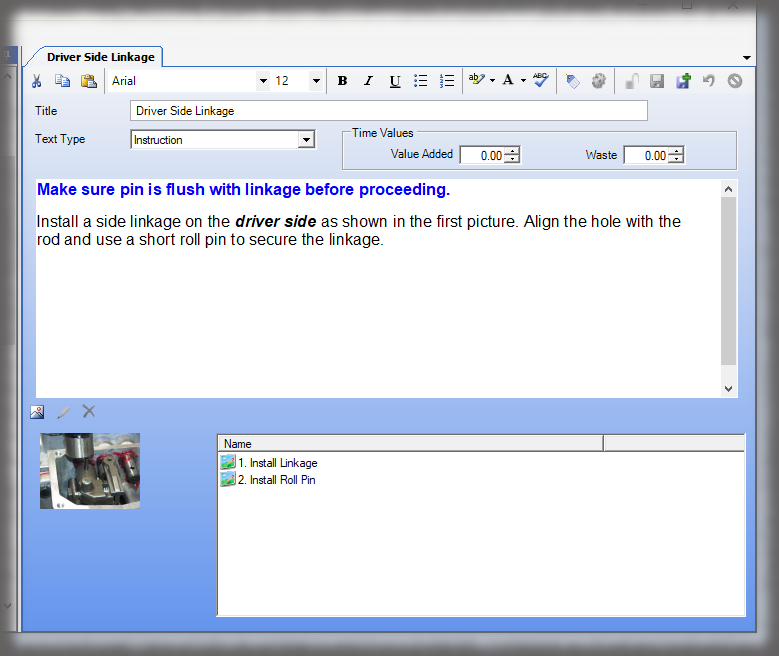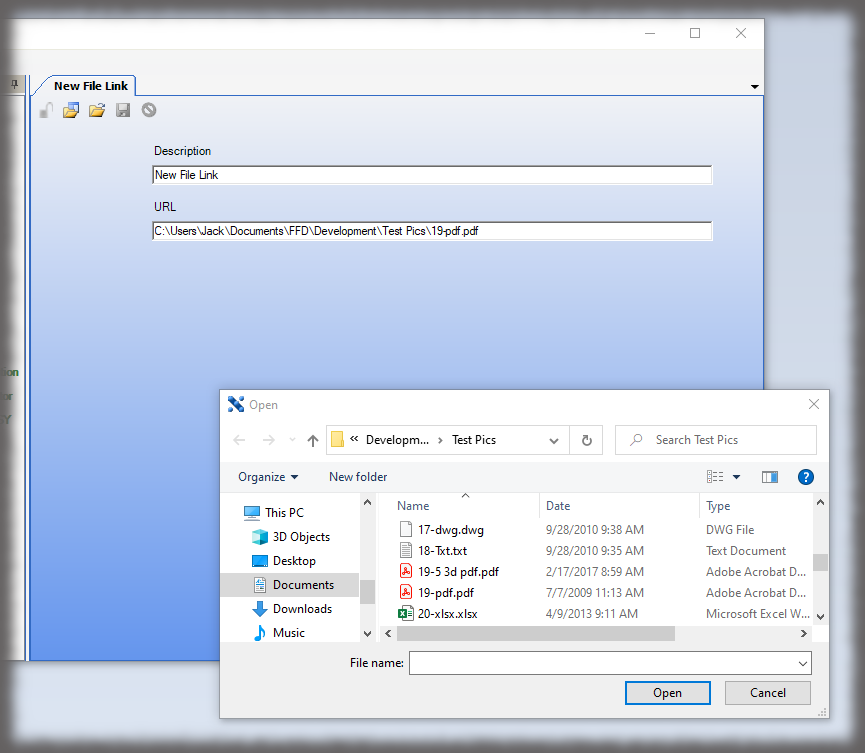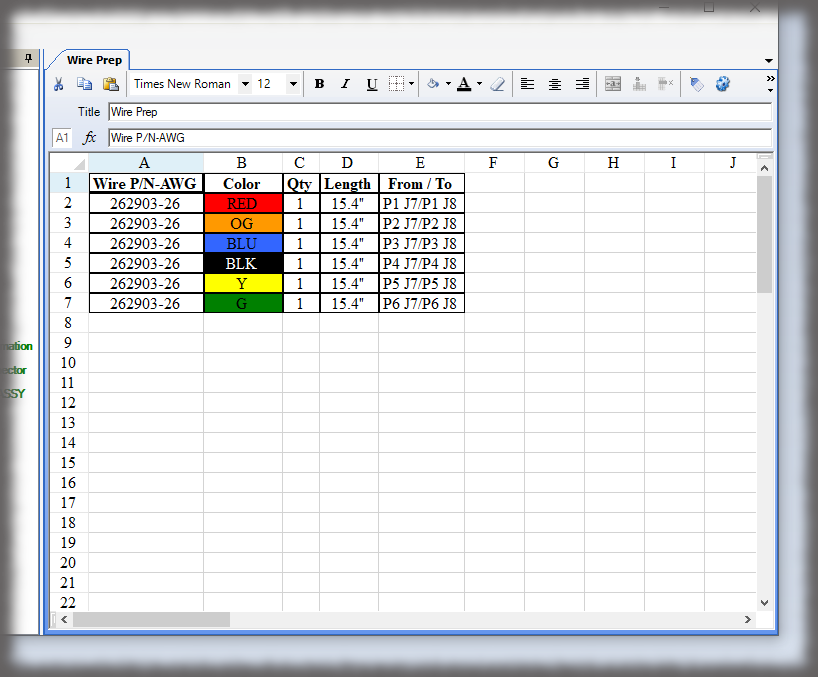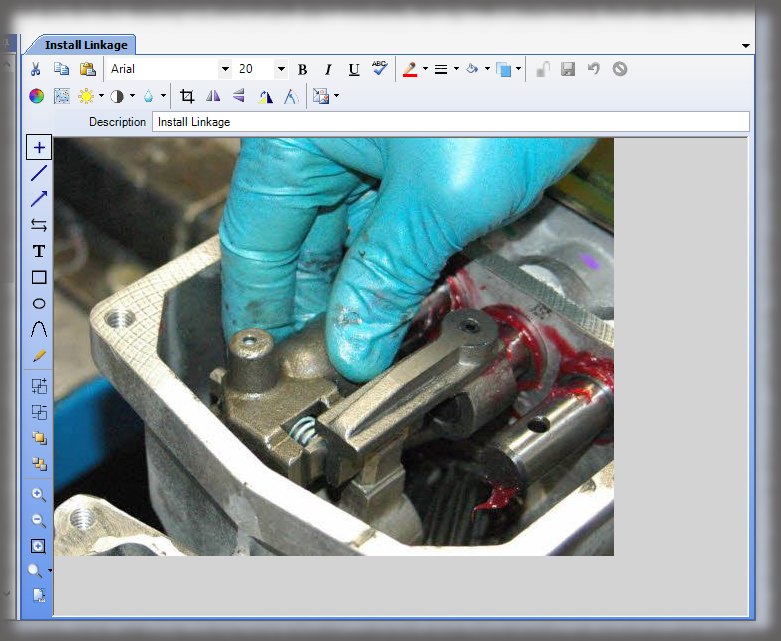Almost every aspect of your personal life has made the transition to digital, from communicating over social media to streaming movies online to transferring money through apps. You’ve likely converted many processes of your business operations to digital platforms as well through some sort of enterprise resource planning (ERP) system or a variety of software for specific activities such as accounting and inventory management. However, even with all this digitization, you’re likely still using paper work instructions—but why? Paper instructions are difficult to circulate, navigate, and update; plus, they can lead to auditing headaches. The benefits of digital work instructions are vast, and these are a few of the reasons why you should make the switch to electronic work instructions as soon as possible.
10 Benefits of Digital Work Instructions
- Digital Work Instructions Are Easy to Update
Electronic work instructions can be updated anytime, anywhere. When your work instructions are printed in a 100-page technical handbook, a lot of printing and redistribution is involved whenever even the smallest change is needed. With digital work instructions, you can update and distribute all documents in real time with just a few clicks on your computer. All your operators across all your facilities will have the most recent version at their disposal immediately after a change is made. When you use digital work instructions, you no longer worry about the mistakes that can arise from outdated instructions.
- More Efficient Training
Visual work instructions on digital platforms make training content more engaging than paper instructions or classroom training sessions. Because many people are visual and hands-on learners, this type of mobile, interactive content is more easily digestible for new employees to learn procedures. Digital work instructions also encourage continuous on-the-job training by showing operators exactly how to perform new tasks. You no longer need to spend large sums of money on classroom training or conferences that fail to engage employees. Instead, employees can simply follow electronic work instructions to gain a better understanding of exactly what they need to do.
- Fewer Errors
A major benefit of digital work instructions is a decrease in the number of errors made on the shop floor. Digital instructions are easy to access and check as often as needed, which means operators can make sure they are following the correct steps to complete a task. This helps operators avoid mistakes so they can succeed the first time. Digital work instructions are also more accurate because they can easily be updated as often as needed, which means you can be confident that workers are only accessing the most recent instructions to correctly complete the task at hand.
- Increased Productivity
Paper work instructions are impractical and limited in scope, especially when trying to detail how to perform a complex procedure. When operators must spend time trying to decipher pages upon pages of written instructions, there is less time for actual work to be done. Work instructions software is more interactive and shows operators exactly how to perform a task instead of just explaining it in words. This means employees will have a better understanding of how to complete their assigned task, so they will be able to do it more quickly and accurately.
- Standardized Formatting
Trying to use regular office software to put together work instructions is tedious and time consuming. A regular word processing software doesn’t have the capabilities to format instructions the way you need. Work instructions software, on the other hand, automatically formats your work instructions so you can share them in an intuitive, easy-to-understand manner. All you have to do is add your instructions and photos into an already standardized format, and then they are ready to be shared with operators on the shop floor.
- More Effective Communication with Media Files
One of the major benefits of digital work instructions that you will not experience with paper instructions is the ability to incorporate media files. You can add photos, videos, and even audio files to electronic work instructions so that operators can have an interactive and more thorough learning experience. People learn best when multiple senses are involved in the learning process, so work instructions are more effective when they include visual and auditory examples to supplement written words. Some work instruction software, such as those created by Sequence Software, include a supported digital camera so that you can take pictures and upload them directly into your electronic work instructions.
- Paperless Has Fewer Problems
There are a lot of problems that arise when your manufacturing organization is heavily reliant on paper documentation. Physical documents are easy to misplace and are prone to damage from spills, smudges, tears, and even light exposure. Every time a set of instructions needs replacing, you pay for paper and printing services, which can be costly. Paper also introduces additional security risks because it’s impossible to password-protect a printed document to keep out unauthorized users. Digital work instructions solve all these issues because they are saved online, impossible to lose, and can be protected with passwords, all of which will help save time and reduce costs.
- Institutionalized Tribal Knowledge
Experienced operators who have been working on the shop floor for many years have figured out the best and most efficient ways of completing tasks. This tribal knowledge is valuable but currently undocumented and is only known when it passes from one worker to another, which means it can be easily lost when workers retire. Digital work instructions can help you pass this knowledge on to the next generation of workers because they allow you to embed videos and photos of experienced operators performing the task the way only they know how.
- Searchability Improves Flexibility
Operators can waste a lot of time flipping through paper work instructions to try to find what they need to know to complete a new task. Digital work instructions make it much easier to search for what they need to find. This means your operators can be more flexible to perform a wider range of tasks on the shop floor. If you need to move someone from one process to another, they can quickly search for the electronic work instructions they need to correctly complete a new task. This increased flexibility among operators on the manufacturing floor can increase productivity and reduce wasted time.
- Better Work Experience
Everyone feels more comfortable at work when they feel confident in what they are doing. The best way to increase confidence is by providing the tools operators need to figure out the correct way of performing various tasks. Workers will feel like they are doing the job well, which will make them feel happier at work, increase their productivity, and reduce the number of errors made on the shop floor.
Communicate More Effectively with Digital Work Instructions Software
These are just ten of the innumerable benefits that come with implementing digital work instructions in your manufacturing organization. To improve efficiency, reduce errors, and save on costs, make the switch from paper to electronic work instructions in your facility. Sequence Software provides work instructions software solutions that fit your organization’s needs. Our software options are user-friendly and allow you to easily share work instructions via pre-formatted PDF or in a real time, interactive digital interface. Digital transformation can be achieved easier and implemented quicker using our work instructions software. Help your organization achieve its productivity goals by giving us a call at 866-863-7541, or request a demo today.


